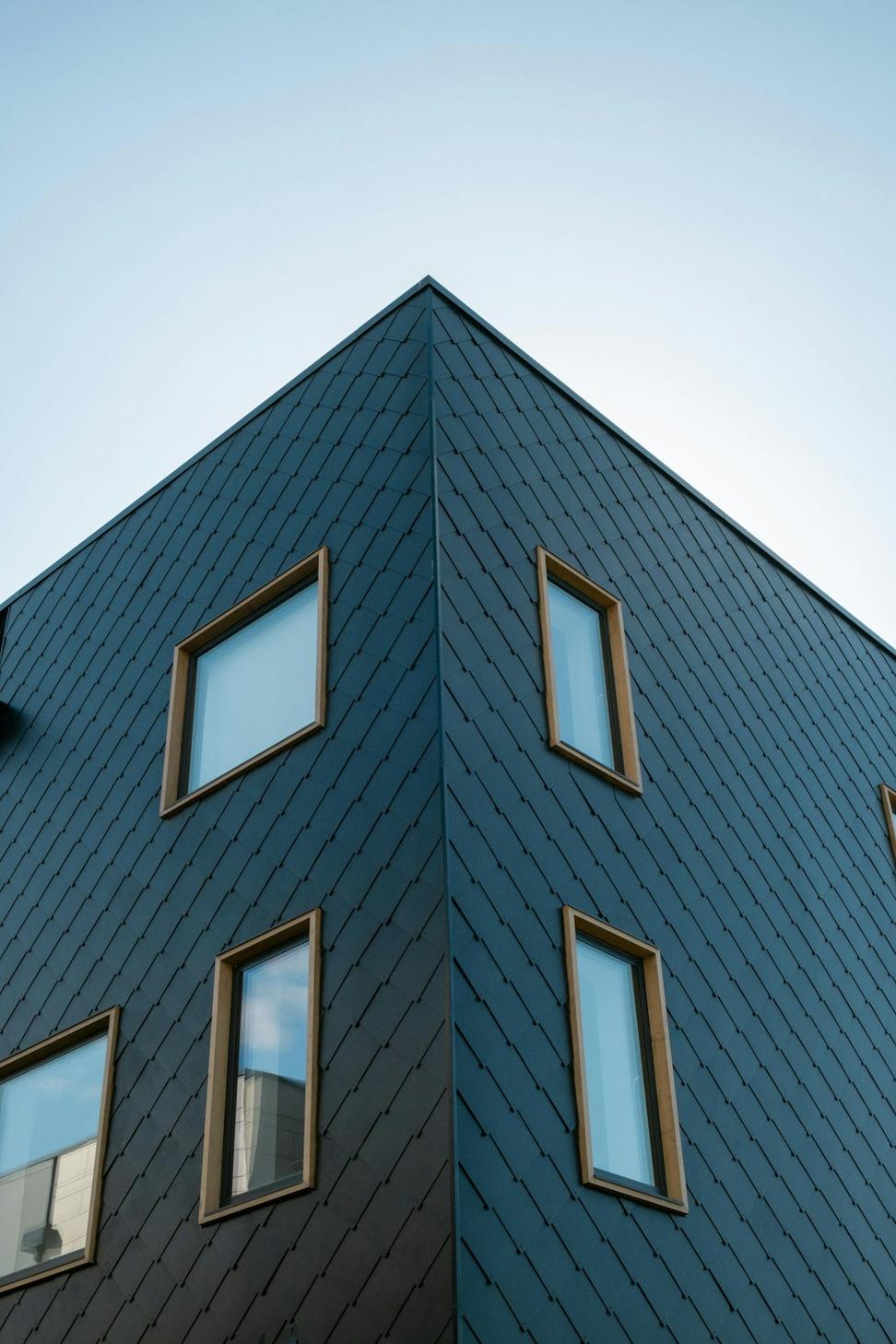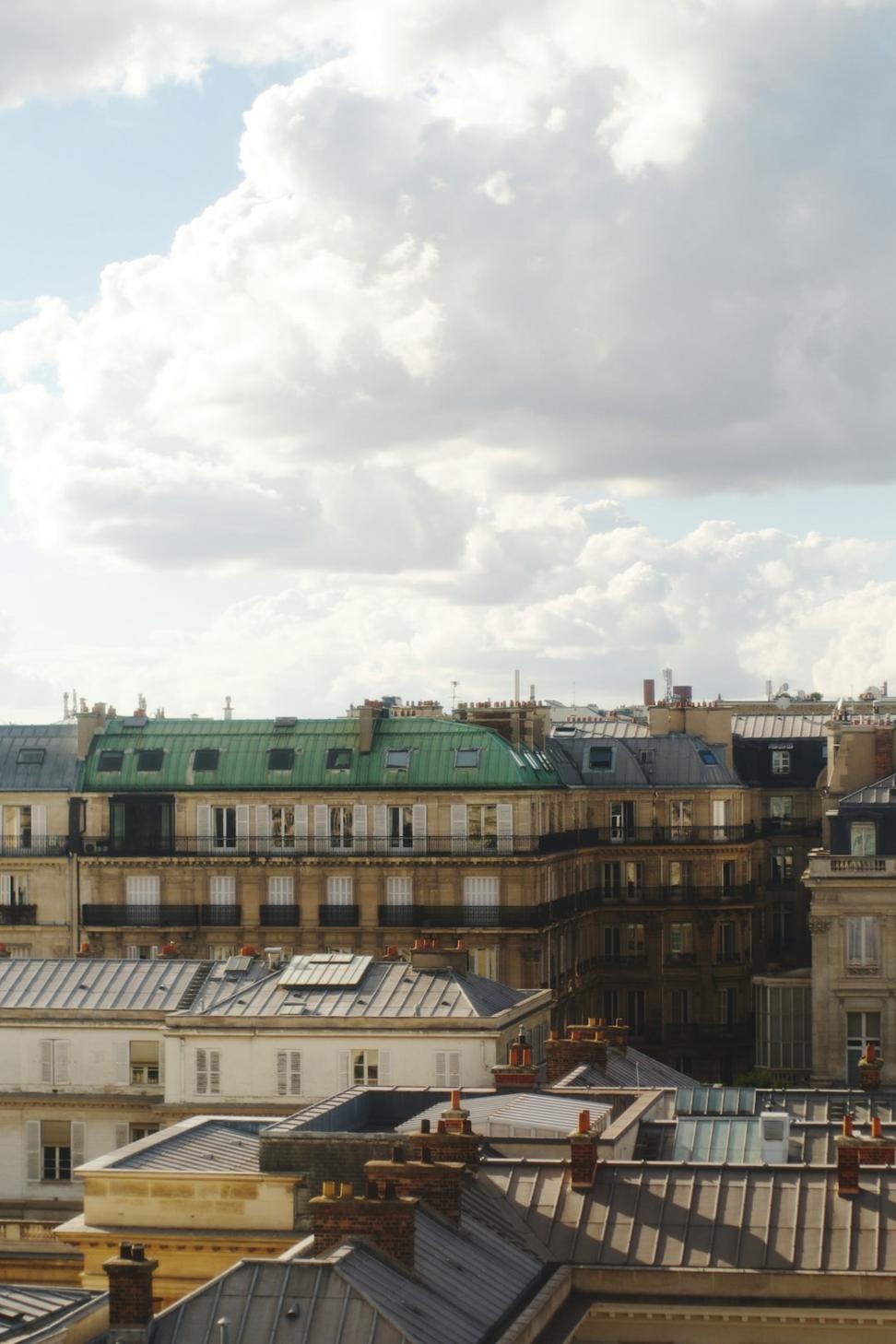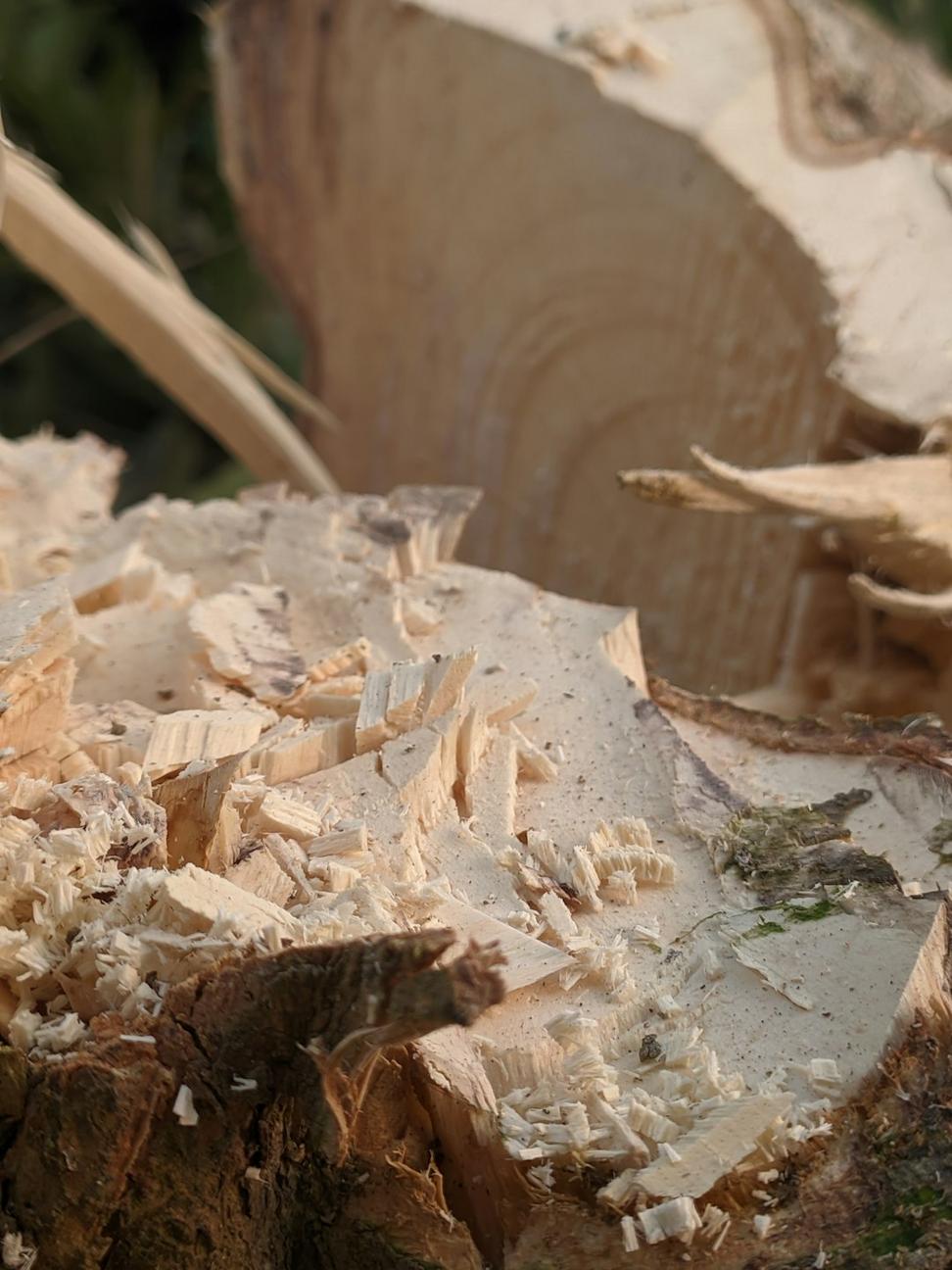
By The Numbers
Data doesn't lie. Here's what we've accomplished across our project portfolio since 2018.
47%
Average Energy Reduction
vs. standard code baseline38%
Water Use Decrease
through smart fixtures & harvesting2.4k
Tonnes CO2 Avoided
annually across all projects23
Certified Projects
LEED, Passive House, WELLConstruction Waste Diversion
We're aiming for 85% diversion by end of 2026. Getting there means better sorting on-site and finding buyers for materials that typically get dumped.
Material Sourcing Radius
Local sourcing cuts transportation emissions and supports regional economies. Sometimes you gotta go farther for specialized materials, but we always look local first.

